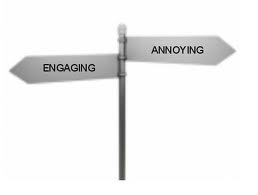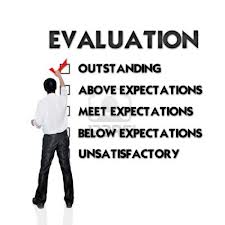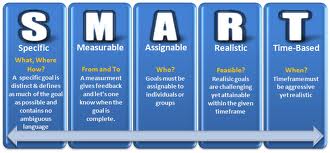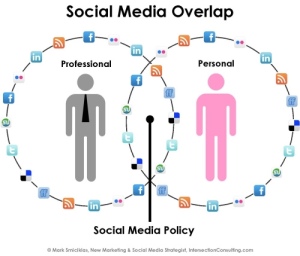 Welcome to O.D. Fridays at DonorDreams blog. Every Friday for the foreseeable future we will be looking at posts from John Greco’s blog called “johnponders ~ about life at work, mostly” and applying his organizational development messages to the non-profit community.
Welcome to O.D. Fridays at DonorDreams blog. Every Friday for the foreseeable future we will be looking at posts from John Greco’s blog called “johnponders ~ about life at work, mostly” and applying his organizational development messages to the non-profit community.
In a post titled “A New Beach,” John talks about how change is inevitable and your attitude as a leader towards it is important.
I went scrambling to find this August blog post after readingthe front page and Section of USA Today on Thursday. I did so because reading the newspaper reminded me that so much of our news coverage is centered on change. Consider the following news headlines found in Section A on Thursday:
- “Pentagon Warns Of Huge Cuts “(aka changes to the federal budget coming)
- “Rain, sleet, snow, but not Saturday” (aka Post Office is changing delivery schedule)
- “Monopoly fans vote to pull the plug on the iron: But in a first, a token cat is elected to the board” (aka classic American board game is changing)
Change . . . Change . . . and more change. It is all around us, and I am reminded of how difficult change can be when I read the following the following one sentence commentary offered up by the journalist who wrote the post office story: “You can mourn change, however.”
These words appeared at the bottom of the article right before the article encourages me to jump to page two to finish reading the story.
As I grappled with those words — “You can mourn change, however.” — and as I was turning to page two, my eyes settled on another article on page three titled “No vote on gay members in Boy Scouts until May“.
In that very instance, it all snapped into place. I get it . . . “You can mourn change, however.”
Non-profit organizations face change every day when they turn the lights on in the office. Change is part of life, and as John points out in his post titled “A New Beach,” the only thing you can control is your perspective, your attitude, and your response.
In the case of the Boy Scouts of America (BSA), they decided decades ago to fight the changes happening in our society. The changes I’m referring to is our society’s gradual acceptance of people who are gay.
When I look at the BSA, all I see is a non-profit organization mourning change.
 John Greco used the imagery of a hurricane to represent “change”. Carrying this analogy forward, you simply need to ask yourself: “Why does the BSA think they can stop the hurricane?” Wouldn’t it be far better to focus on how to respond to the change?
John Greco used the imagery of a hurricane to represent “change”. Carrying this analogy forward, you simply need to ask yourself: “Why does the BSA think they can stop the hurricane?” Wouldn’t it be far better to focus on how to respond to the change?
The BSA obviously thought they could stop the hurricane. Here is how they chose to address the issue over the last three decades:
- They fired employees who were found out to be gay.
- They stripped kids of their Eagle Scout honors if they were discovered to be gay.
- They kicked kids out of the organization who said they were gay.
- They took a lawsuit all the way to the Supreme Court (and won) to defend their right to do these things.
All of that and the hurricane still paid a visit to the BSA.
I sit here and wonder . . . What would things look like today if the BSA had read John’s blog post three decades ago? Perhaps, they would’ve made the decision to let their charter partners (e.g. PTA organizations, community centers and churches of all faiths including Mormons, Catholics, Methodists, etc) set their own membership restrictions. If they would’ve taken that road, I suspect the hurricane would’ve skipped the BSA and it would be battering the beaches of those charter partners who decided to fight rather than adapt.
I think we all owe the BSA a debt of gratitude because they created a case study in how NOT to deal with change. I suspect non-profits will talk about this case study for many years.
Do you have any good examples of how you’ve personally dealt with change? How do you “choose your attitude” when it comes to change? It is more difficult than it sounds. Please use the comment box below to share your victories and lessons learned. We can all learn from each other.
Here’s to your health!
Erik Anderson
Founder & President, The Healthy Non-Profit LLC
www.thehealthynonprofit.com
erik@thehealthynonprofit.com
http://twitter.com/#!/eanderson847
http://www.facebook.com/eanderson847
http://www.linkedin.com/in/erikanderson847


















